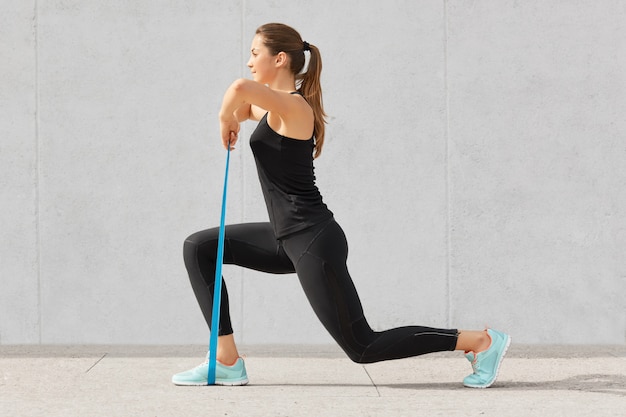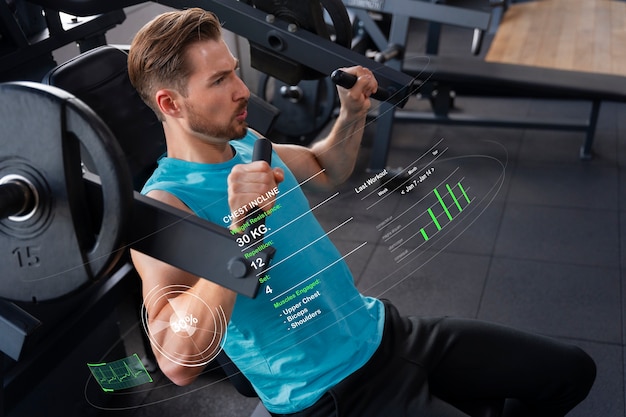Struggling to lose weight or maintain energy throughout the day? Your metabolism might be the missing piece. While metabolism is influenced by age, genetics, and hormones, there’s plenty you can do to support and even boost it—especially with the right tools, habits, and mindset. This beginner-friendly guide walks you through practical equipment choices, actionable tracking methods, and motivation strategies to keep your metabolic engine running efficiently.
Metabolism refers to all the chemical processes your body uses to convert food into energy. Even at rest, your body burns calories to support vital functions like breathing, circulation, and cell repair—this is known as your Basal Metabolic Rate (BMR). A faster metabolism means you burn more calories throughout the day, which can support weight management and sustained energy.
While you can’t overhaul your genetics, you can influence your metabolic rate through lifestyle choices—especially strength training, nutrition, sleep, and daily activity.
You don’t need a full home gym to support your metabolism. The right tools can make workouts more effective and consistent. Here are beginner-friendly options:

Lightweight and portable, resistance bands are perfect for building muscle at home. Muscle tissue burns more calories than fat, even at rest, so strength training is a proven way to increase your BMR over time.
These space-saving weights let you progress gradually. Start with lighter loads and increase resistance as you gain strength. Compound movements like squats, lunges, and presses engage multiple muscle groups, maximizing calorie burn.

An excellent tool for high-intensity interval training (HIIT), jump ropes elevate your heart rate quickly. HIIT workouts are known to boost Excess Post-Exercise Oxygen Consumption (EPOC), meaning you continue burning calories after your workout ends.
Beyond weight, advanced scales estimate body fat percentage, muscle mass, and BMR. Tracking these metrics helps you see progress beyond the scale and stay motivated.
Consistent tracking turns abstract goals into measurable results. Here’s how to monitor your metabolic progress:
Motivation fades—consistency doesn’t. Use these science-backed cues to build lasting habits:
Instead of “boost metabolism,” aim for “do three strength sessions this week” or “drink 8 glasses of water daily.” Small wins build momentum.
Place your resistance bands on your desk or leave your sneakers by the door. Visual cues reduce decision fatigue and prompt action.
More energy, better sleep, or fitting into old jeans are all signs your metabolism is responding. Acknowledge them.
Link new habits to existing ones. For example, do 2 minutes of jumping jacks after brushing your teeth. Habit stacking increases adherence.
Equipment and tracking help, but daily habits make the biggest difference:
Boosting your metabolism isn’t about quick fixes—it’s about building sustainable habits. With simple equipment, consistent tracking, and smart motivation cues, you can create a lifestyle that supports long-term metabolic health. Start small, stay consistent, and trust the process. Your body will thank you.

Fitness

Fitness

Fitness

Fitness

Wellness

Fitness

Wellness

Wellness

Fitness

Wellness

Fitness

Fitness

Health

Fitness

Health

Health